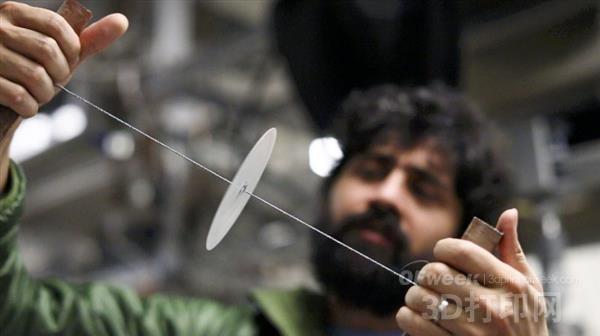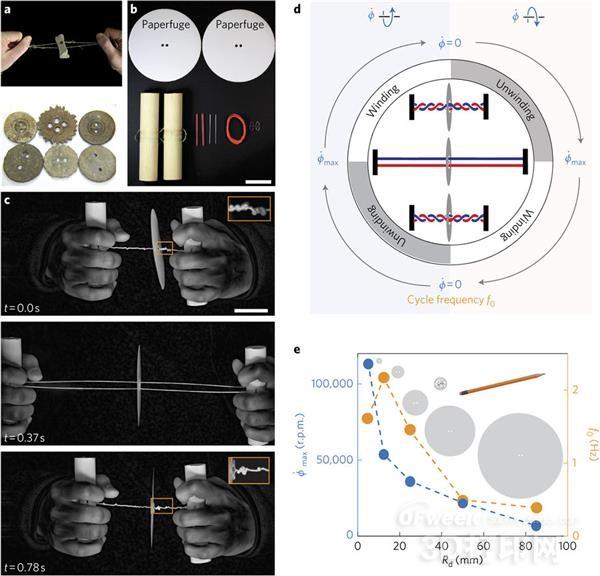Scientists have developed a 3D printing device to diagnose malaria
Recently, scientists at Stanford University have developed a life-saving 3D printing tool. The new equipment can help medical workers diagnose malaria in areas lacking precise laboratory equipment. It is reported that the inspiration for the development of this device came from rotating toys, which can be traced back to the bronze age.

It is understood that malaria is an infectious disease transmitted by mosquitoes, which can cause fever, vomiting, fatigue, and death in extreme cases. This condition is easy to diagnose with appropriate medical equipment, but the equipment is not always available. However, for medical workers working in remote areas, there is a trick to diagnose malaria: the use of centrifuges. By rotating the blood sample very quickly, different cell types in the blood can be separated from each other, making it easier to find parasites. So the question is: how to get a centrifuge?
Manu Prakash, a professor of bioengineering at Stanford University, also asked himself the same question on his trip to Uganda. When he met medical staff who were in desperate need of a centrifuge, or more specifically, a centrifuge that could have no power. "At a primary health care center, we talked to health care workers, and we found that a centrifuge was just used as a decoration because there was no electricity," Prakash said.
"More than one billion people worldwide have no infrastructure, no roads, no electricity," Prakash continued. "I realized that if we want to solve a key problem, such as malaria diagnosis, we need to design a human centrifuge, and its cost should be within a cup of coffee," said the study's senior author Prakash.
Upon returning to California, Prakash immediately set out to develop a centrifuge to enable it to work in areas without electricity. His inspiration comes from children's toys! At first, the research team of Prakash and Stanford tried to use the centrifugal force of the yo-yo and was able to obtain a fairly fast speed. However, this is not enough, it requires faster rotation.

Putting aside the yo-yo, Prakash and his team stumbled upon another popular spinning toy: a gyro or buzzer, an ancient toy that consisted of a wheel with a power in the hand or the center of the wind spinning. "One night I was playing a button chord. Out of curiosity, I set up a high-speed camera to see how fast the button rotates. The result is that I ca n’t believe my eyes. The device uses 10,000 to 15 8,000 revolutions per minute. "Saad Bhamla, a postdoctoral researcher, said.
Editor in charge: null
Silicone Lid,Silicone Lid For Bowl,Silicone Lid For Houseware Containers,Silicone Stretch Lids
Guangdong DK Houseware Co., Limited , https://www.dkhouseware.com